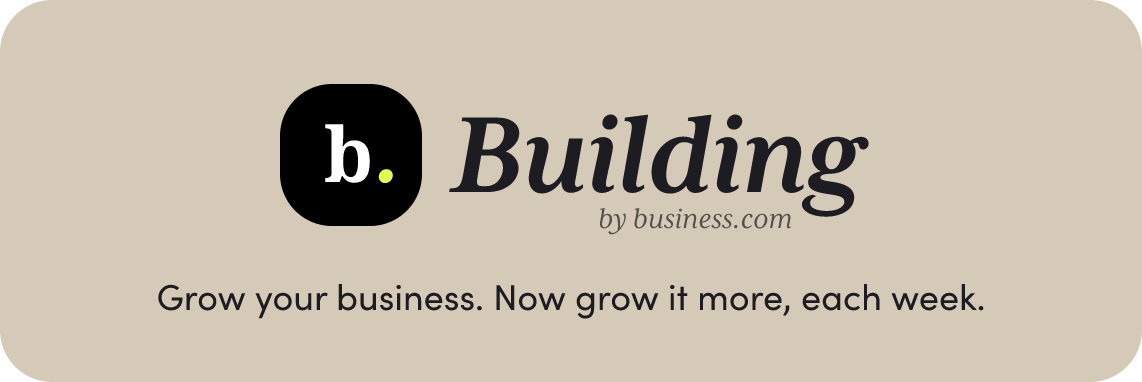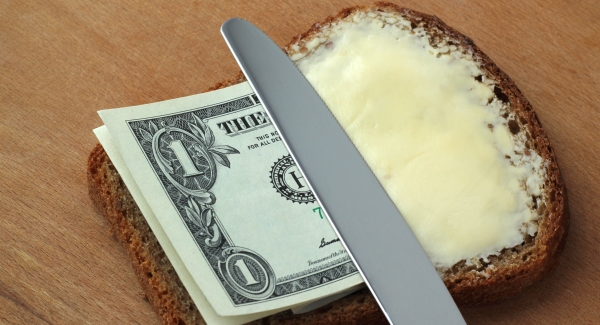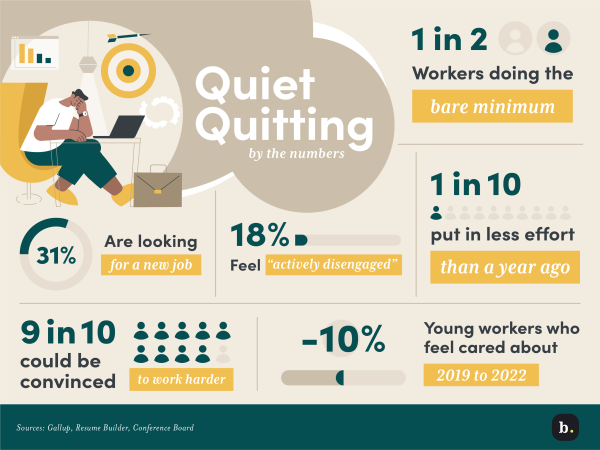When it comes to the checkout aisle lately, everything’s bitter with butter.
We’re all feeling the pinch on our wallets for the most necessary items, like groceries and car fuel. According to the Consumer Price Index report, at-home food prices have risen 13% in the past year. Ouch. That’s because COVID impacted the production pipeline for most grocery items while demand for them increased.
But dairy has seen the largest increase in price, jumping by 16%. For butter in particular, the hike is about 25%. This is about to hit consumers particularly hard, as we’re hurtling toward the holidays when butter is a key ingredient in almost everything, from mashed potatoes to pie crust.
(Strangely enough, butter’s skyrocketing price has coincided with the recent trend in building butterboards fueled by viral TikTok videos.)
How your bread (as in money) is getting buttered
Another issue directly affecting the cost of butter is America’s low reserve of the product — the lowest in five years — which means there’s little left to help shore up supply. That’s bad baking news for months ahead. Also, last summer’s droughts in the U.S. harmed farmers’ wheat yields and fuel costs remain high.
It’s not just grocery stores that are seeing price hikes but restaurants as well, since their bread and butter (literally) is procuring and serving food. Menu prices have had the largest 12-month increase since 1981.
The Fed’s rate hikes: a hot knife through butter?
When will prices on these basics fall? The Federal Reserve’s rate hikes will likely cool the market, but there could be a delay before consumers breathe a sigh of relief at the grocery store. And it’s still too early to tell how the Kroger-Albertsons merger will impact consumer pricing.
With butter averaging $4.70 per pound, maybe a healthier cooking hero will enter the holiday feast season: olive oil. Mediterranean diet, anyone? It’s plant-based and has plenty of health benefits, even if you can believe it’s not… well, y’know.







